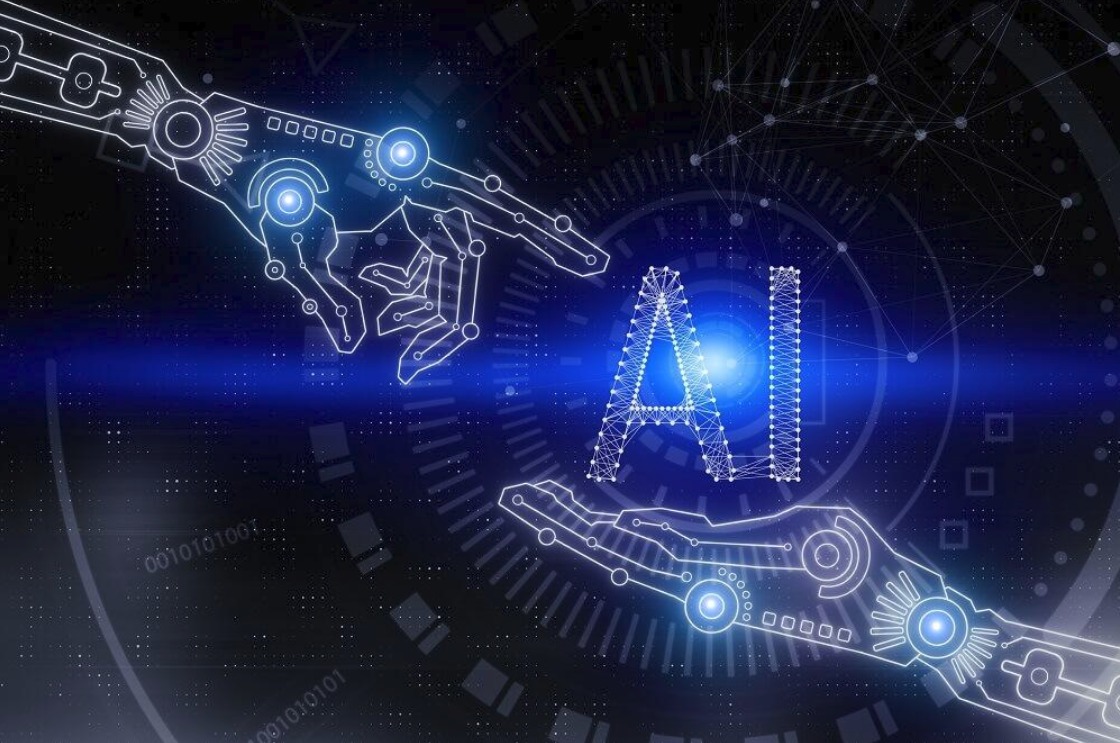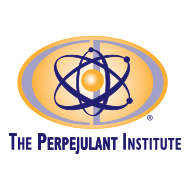
In the beginning, there was darkness and then there was light. The mysteries of the universe revealed itself and those brave enough to embrace it was able to see its beauty and potentially open a world of opportunity and growth.
Too often “we only see what is right in front of us—but we need to see what has not been seen—there is something further in the distance for us to use to our advantage, to do what man alone in the past took months, years, centuries to accomplish before and achieve same, similar or better results in a fraction of the time.”
For example, just imagine, if Albert Einstein had the power of AI—what took him a lifetime to achieve mathematically, could have been achieved in a month or a possibly even a week. Just imagine the progress that could have been made and where we would be today.
All Aboard the AI Train!
You may think that AI is a new technological buzzword or wild advancement, however, did you know AI has been around since as far back as the 20th century? Here are a few significant events among a plethora of others driving the artificial intelligence transformation:
1936—Alan Turing, an English mathematician, and pioneer in the fields of cryptology and computer science became known for his most famous contribution to the field of computing when he developed the Universal Turing Machine (known as the ‘automatic machine aka the A-Machine’). Turing’s invention could replicate the logic associated with any computer algorithm. Turing also proposed a standard test to answer, “can machines think?” Sadly, four years after Turing published is a technology breakthrough, he committed suicide in 1954 (Turing, 1950).
1955 Dartmouth presents “A Proposal for the Dartmouth Summer Research Project on Artificial Intelligence.” The conference itself took place in the summer of 1956.
1958—John McCarthy, Professor of Computer Science at Stanford University presented what was believed to be the first paper on logical AI, i.e. AI in which logic is the method of representing information in computer memory and not just the subject matter of the program. The paper was given in the Teddington Conference on the Mechanization of Thought Processes in December 1958 and printed in the proceedings of that conference (McCarthy, 1959).
1954—1966 “The Decade of Optimism”—Optimism remained at a high level for the first decade of research, with many predictions of imminent “breakthroughs”. However, disillusion grew as researchers encountered “semantic barriers” for which they saw no straightforward solutions (Hutchins, 2005).
1963 MIT benefited, receiving a $2.2M grant from DARPA to explore machine-aided cognition. DARPA stands for “Defense Advanced Research Projects Agency” which is an agency of the United States Department of Defense responsible for the development of emerging technologies for use by the military (MIT, 1963).
1960—1990+ DARPA provided the bulk of the nation’s support for AI research and thus helped to legitimize AI as an important field of inquiry and influence the scope of related research. Over time, the nature of DARPA’s support changed radically—from an emphasis on fundamental research at a limited number of centers of excellence to more broad-based support for applied research tied to military applications—both reflecting and motivating changes in the field of AI itself. DARPA’s early support launched a golden age of AI research and rapidly advanced the emergence of formal discipline (The National Academies Press, 1999).
Fast-forward into the 21st Century—AI continues to advance and become not only a valuable technology but an essential technology into the future. Technologists continue to explore how AI can learn.
Do you have what it takes to embrace and leverage AI and new emerging technologies? As you think about this pivotal question, should your response be “I’m not sure how best to embrace and leverage AI and emerging technologies”, then the Perpejulant Institute could be a resource through its AI-Tech Architecture Solutions. Conducting a free consultation with one of our AI-Tech specialists will confirm how best to optimize AI and emerging intelligent technologies in your work environment.
Lastly, the time is now, to assess what you need to know about constructing the right mix of intelligent technologies to ensure competitiveness and performance sustainability in the future.
